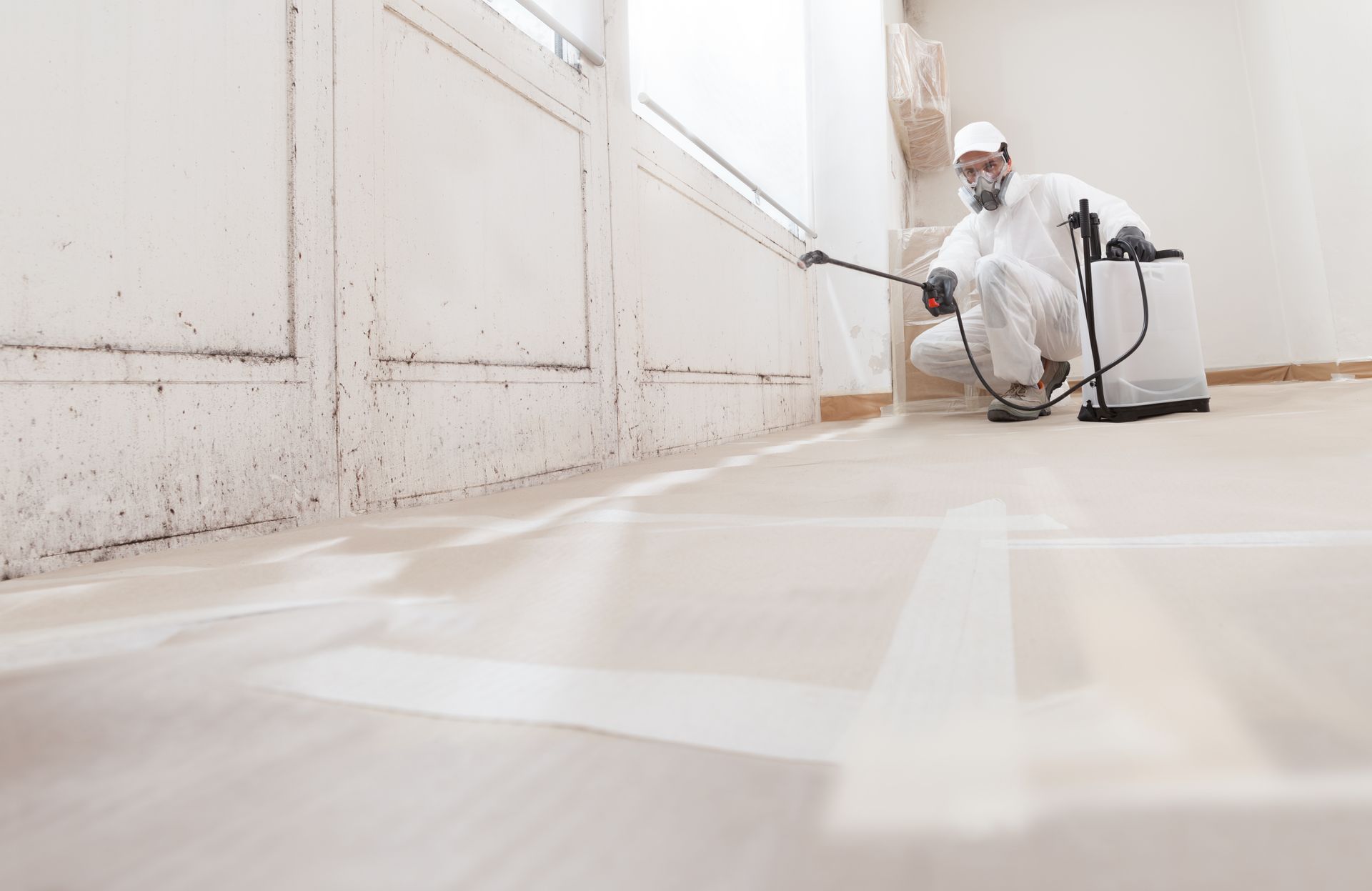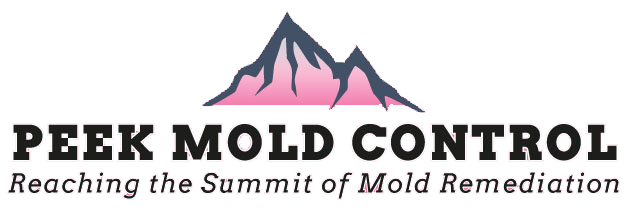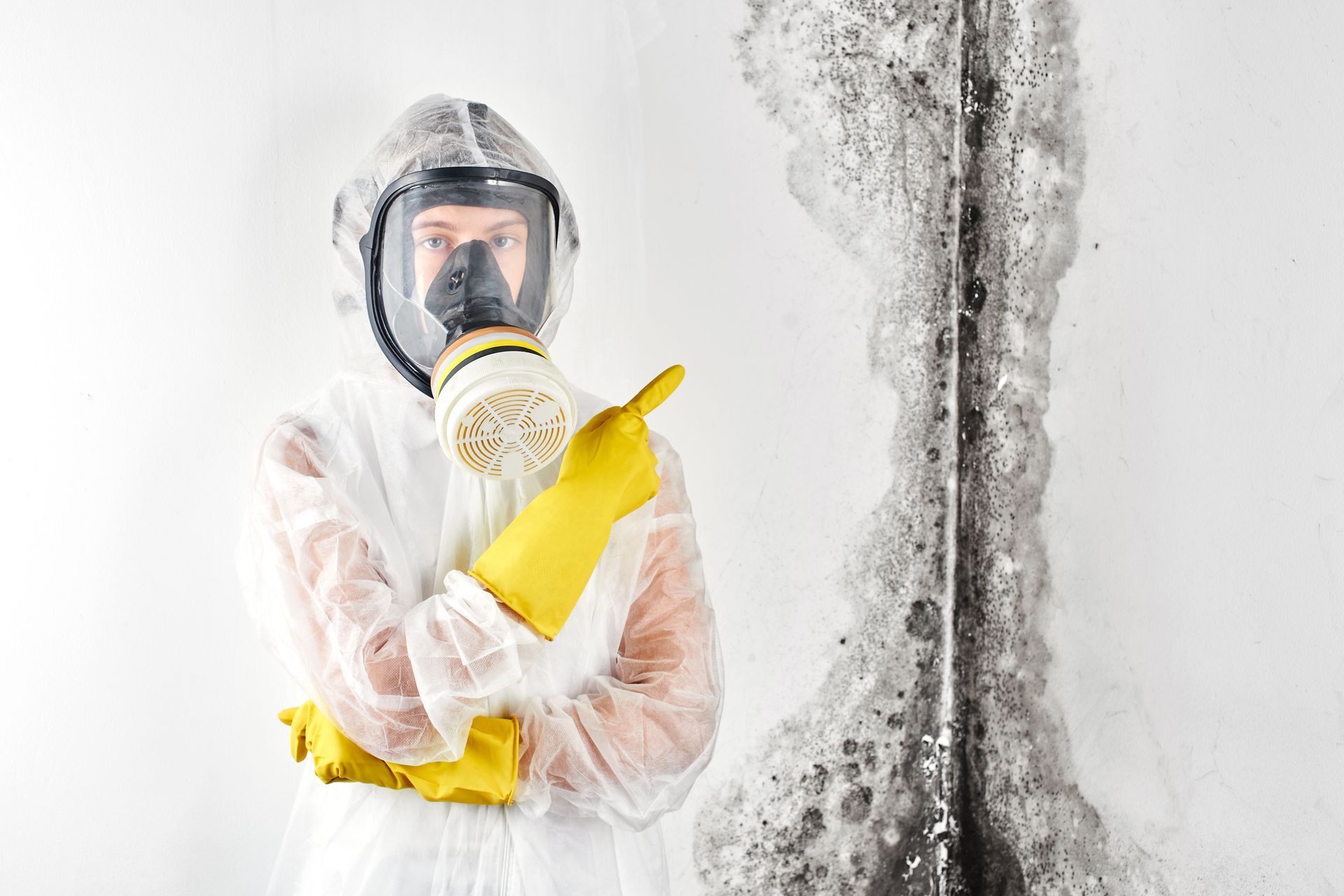Need Help? Talk to an Expert
Common Causes of Mold in Homes and How to Prevent Them
Introduction: Mold growth in homes is often the result of underlying issues related to moisture and humidity. Understanding the common causes of mold can help you take preventive measures to protect your home and maintain a healthy living environment. In this article, we’ll explore the primary causes of mold in homes and provide tips on how to prevent them.
1. Water Leaks and Plumbing Issues
Water leaks and plumbing problems are significant contributors to mold growth:
- Leaking Pipes: Leaking pipes can release water into walls, ceilings, and floors, creating an ideal environment for mold growth. Regularly check for leaks and address any plumbing issues promptly.
- Roof Leaks: Roof leaks can allow water to infiltrate your home, leading to mold growth in attic spaces and ceilings. Inspect your roof regularly and repair any damaged shingles or flashing.
- Basement Leaks: Basements are prone to water leaks due to groundwater seepage or faulty sump pumps. Ensure that your basement is properly sealed and that your sump pump is functioning correctly.
2. Poor Ventilation
Inadequate ventilation can lead to high humidity levels and mold growth:
- Bathrooms: Bathrooms are often humid environments due to showers and baths. Use exhaust fans and open windows to reduce humidity and improve ventilation.
- Kitchens: Cooking can generate steam and moisture. Ensure that your kitchen is equipped with an exhaust fan that vents outside to remove excess moisture.
- Attics and Crawl Spaces: Poor ventilation in attics and crawl spaces can lead to trapped moisture and mold growth. Install vents and ensure proper airflow to these areas.
3. High Humidity Levels
High indoor humidity is a common cause of mold growth:
- Humidity Control: Maintain indoor humidity levels between 30% and 50% to prevent mold growth. Use dehumidifiers and air conditioners to regulate humidity levels, especially in areas prone to high moisture.
- Humidity Monitoring: Use a hygrometer to monitor indoor humidity levels. If humidity levels exceed the recommended range, take steps to reduce moisture and improve ventilation.
- Drying Clothes: Avoid drying clothes indoors, as this can increase humidity levels. Use a dryer vented outside or dry clothes in a well-ventilated area.
4. Condensation
Condensation occurs when warm, moist air comes into contact with cold surfaces:
- Window Condensation: Condensation on windows can lead to mold growth on window sills and surrounding areas. Use window coverings to reduce condensation and ensure proper ventilation.
- Walls and Ceilings: Condensation on walls and ceilings can occur in poorly insulated areas. Improve insulation and use vapor barriers to prevent condensation and mold growth.
5. Flooding
Flooding can introduce large amounts of water into your home, creating a breeding ground for mold:
- Flood Prevention: Take steps to prevent flooding by maintaining proper drainage around your home and ensuring that gutters and downspouts are clear.
- Post-Flood Cleanup: After a flood, act quickly to remove water and dry affected areas. Use fans, dehumidifiers, and moisture meters to ensure that all moisture is removed.
- Water Damage Repair: Address any water damage promptly, including repairing or replacing damaged materials such as drywall, insulation, and flooring.
6. Inadequate Insulation
Poor insulation can contribute to mold growth by allowing warm, moist air to come into contact with cold surfaces:
- Insulation Check: Inspect your home’s insulation to ensure it is in good condition and properly installed. Address any gaps or deficiencies in insulation.
- Insulating Pipes: Insulate exposed pipes to prevent condensation and reduce the risk of mold growth in areas where pipes are located.
7. Poorly Sealed Windows and Doors
Improperly sealed windows and doors can allow moisture to enter your home:
- Sealing Gaps: Check for and seal any gaps or cracks around windows and doors. This prevents moisture from entering and helps maintain a controlled indoor environment.
- Weatherstripping: Install weatherstripping around windows and doors to improve insulation and reduce the risk of moisture intrusion.
8. Building Material Issues
Certain building materials can be more susceptible to mold growth:
- Material Selection: Choose mold-resistant building materials, such as mold-resistant drywall and insulation, especially in areas prone to moisture.
- Proper Installation: Ensure that building materials are properly installed and sealed to prevent moisture intrusion and mold growth.
9. Lack of Regular Maintenance
Regular home maintenance is essential for preventing mold growth:
- Routine Inspections: Conduct regular inspections of your home to identify and address potential mold problems. Check for signs of water damage, leaks, and high humidity.
- Maintenance Tasks: Perform routine maintenance tasks, such as cleaning gutters, inspecting roof conditions, and maintaining ventilation systems.
- Professional Inspections: Consider scheduling professional inspections to identify hidden mold issues and ensure that your home is free from mold-related problems.
10. How Peek Mold Control Can Help
Peek Mold Control offers expert services to address and prevent mold issues in your home:
- Comprehensive Inspections: Peek Mold Control provides thorough inspections to identify the causes of mold growth and assess the extent of the problem.
- Effective Remediation: Their team of professionals uses advanced techniques and equipment to remove mold and address underlying moisture issues.
- Preventive Solutions: Peek Mold Control offers solutions and recommendations to prevent future mold problems, including improving ventilation, insulation, and moisture control.
- Expert Advice: Benefit from their expertise and advice on maintaining a mold-free home and addressing potential issues before they become serious problems.
Conclusion:
Understanding the common causes of mold and taking preventive measures can help protect your home and maintain a healthy living environment. By addressing issues such as water leaks, poor ventilation, high humidity, and flooding, you can reduce the risk of mold growth and ensure a safe and comfortable home. Peek Mold Control’s expertise and services provide valuable support in addressing and preventing mold issues, helping you maintain a mold-free environment. If you suspect mold or need assistance with prevention, contact Peek Mold Control for professional help and guidance.
You might also like





